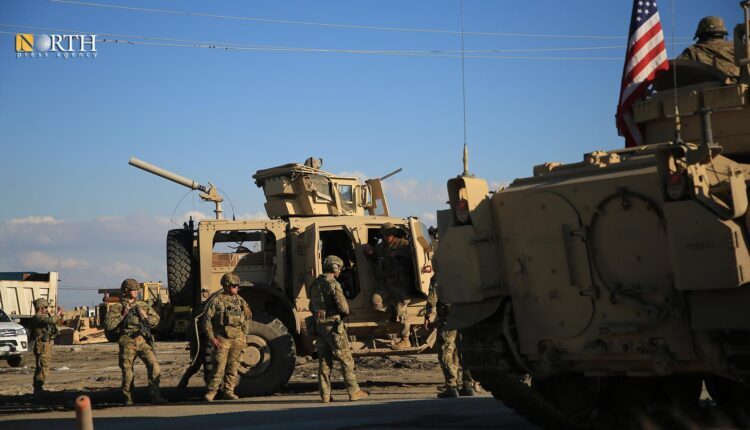By Sarbast Hassan
QAMISHLI, Syria (North Press) – In the aftermath of the recent attack on the American base near the Syrian-Iraqi border in Jordan that resulted in the killing of American soldiers by Iranian-backed militias, the world is anticipating the American response and the attacks’ consequences on the U.S. presence in the Middle East.
According to Issam Malkawi, a Jordanian political analyst based in Amman, the recent attack was likely driven by the American insufficient response to previous incidents, which motivated these militias to engage in such action.
Malkawi has outlined several possible scenarios for the potential American response, taking into account the complex dynamics at play.
One possible scenario is that the U.S. might succumb to internal pressures, particularly from the Republican Party, to target strategic locations within Iran. However, this could escalate the regional conflict and trigger Iran’s proxies.
Scenario two involves striking strategic Iranian sites in Iraq and Syria, where important military bases are located.
Scenario three is a swift strike on Hezbollah in southern Lebanon to neutralize their military capabilities and eliminate their presence, along with targeting Houthi positions in Yemen.
On Jan. 28, three U.S. service members were killed and at least 34 wounded in a drone attack on a U.S. base in northeastern Jordan, according to U.S. Central Command (CENTCOM).
The Islamic Resistance in Iraq, a coalition of Iranian-backed militias, claimed responsibility for a series of attacks along the Syrian-Jordanian border, including this attack, in support of the Gaza Strip.
The political analyst said that the drone could have originated from either Iraqi or Syrian territory. However, the Iranian-backed militia claimed that the attack was launched from Syrian territory.
Malkawi added that the base houses approximately 350 soldiers from diverse ranks. Additionally, due to its strategic location on the Iraqi-Syrian border, it serves as a hub for various armed Iranian-backed militias.
Regarding the impact of the strike on the American presence in the region, Malkawi argues that the strike will have no significant impact on the American presence in the region.
According to the analyst, the American presence is primarily driven by strategic interests, rather than being a combat presence as observed in Afghanistan.
Meanwhile, Munir Hariri, a Syrian military officer residing in Amman, emphasized that the U.S. reaction would primarily focus on Syria and Iraq, with a notable emphasis on Syria.
In an interview with North Press, Hariri dismissed the possibility of an attack on Iran, citing several reasons. Firstly, he highlighted the vulnerability of U.S. military bases surrounding Iran to potential missile strikes. Additionally, he emphasized the significant challenges that would arise in breaching existing agreements between the U.S. and Iran following such an attack.
Additionally, Hariri highlighted the potential consequence of weakening Iran, as it could pave the way for the emergence of a new Sunni power, possibly Turkey – a scenario that concerns the U.S. therefore, the United States adopts a strategy of targeting Iran’s proxies in the region.
Hariri agreed with Malkawi that this attack would not affect the American presence in the region. He believes that in the event of a U.S. response, it would be resolute and accompanied by the signing of agreements aimed at halting attacks on American bases by these militias.
He denied any connection between this attack and the U.S. response to previous attacks on its bases in the Middle East.
He concluded that the previous attacks did not elicit a decisive American response due to their minimal impact. However, in light of the recent killing of American soldiers, a highly decisive response is expected.

